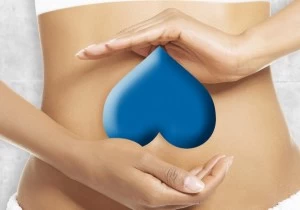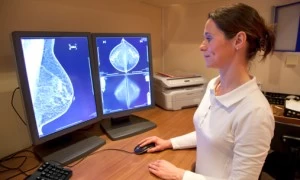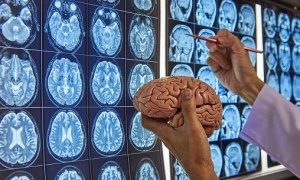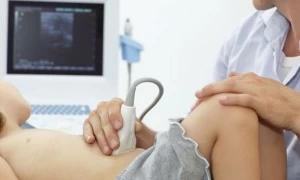Nipple Discharge (Non-Lactating)
The function of breasts is to produce milk. Sometimes a woman makes milk even when she is not breast-feeding. This nipple discharge is called galactorrhea. Women are more prone to nipple discharge at puberty and just prior to menopause. A woman with inverted nipples may have a discharge caused by dried sweat and/or debris becoming trapped in the nipple. Just by squeezing the nipple, the hormone prolactin is activated and can initiate or increase a discharge. Breast discharge in men is uncommon and should be checked by a doctor. If a mass is found, your physician may order additional imaging.
Diagnosis
A sample of the discharge may be collected by your doctor or a surgeon. The fluid discharge is often examined under a microscope to detect abnormal cells. A mammogram is typically performed to screen for any signs of cancer or abnormalities and ultrasound may be used to evaluate the ductal system around the nipple. The radiologist may also examine the duct system with a procedure called a ductogram, which can identify the most common causes of nipple discharge.
Causes of nipple discharge
- Papillomas (growth inside the milk duct)
- Duct ectasia (widening and hardening of the duct due to age or damage)
- Hormonal imbalance
- Benign tumors (especially of the pituitary gland)
- Chronic kidney disease
- Pregnancy
- Clothes that irritate the breast
- Breast stimulation during sexual activity
- Medications such as hormones, blood pressure medications, antidepressants, marijuana, opiates, drugs that inhibit acid secretion in the stomach (Zantac, Prilosec)
- Herbs such as nettle, fennel and anise
Nipple discharge is a concern when
- It is bloody or watery, feels sticky, or is pink, red, or black in color
- It appears spontaneously, without squeezing or irritating the nipple
- It is one-sided and persists
- It is accompanied by acne and growth of hair on the chin or chest
- It is accompanied by menstrual periods that are irregular or absent
- It is accompanied by blurred vision and headache
Treatment for persistent nipple discharge
Typically, discharge associated with a breast lump, skin changes, nipple changes or abnormal mammogram will be referred for a surgical consultation and managed by a surgeon or primary care provider. The most common treatment for persistent discharge is duct excision – a small incision is made around the nipple and the duct is removed. This is performed under local anesthesia by a surgeon on an outpatient basis.














































































